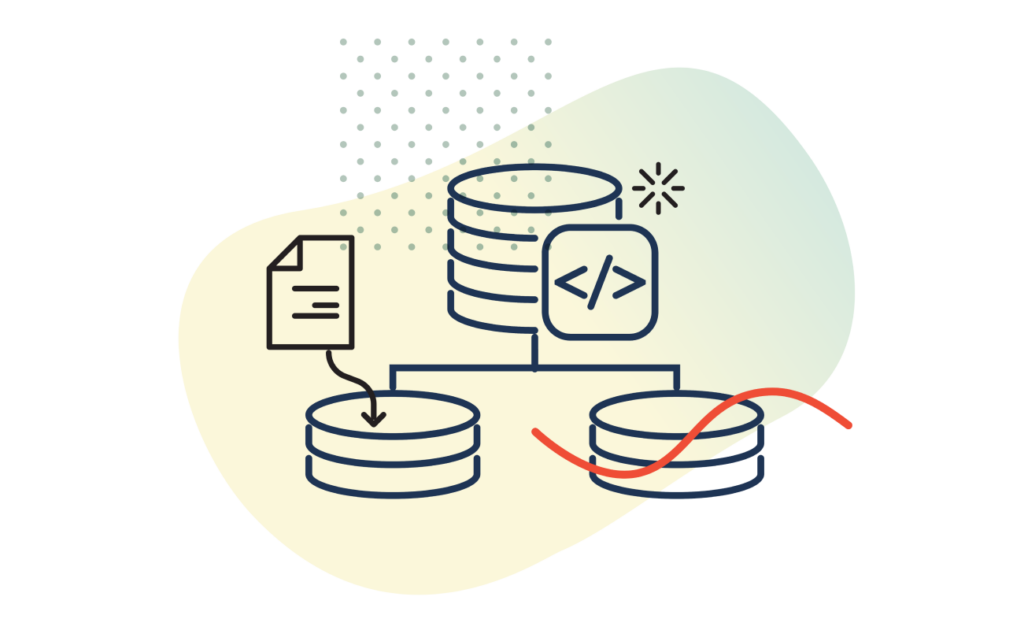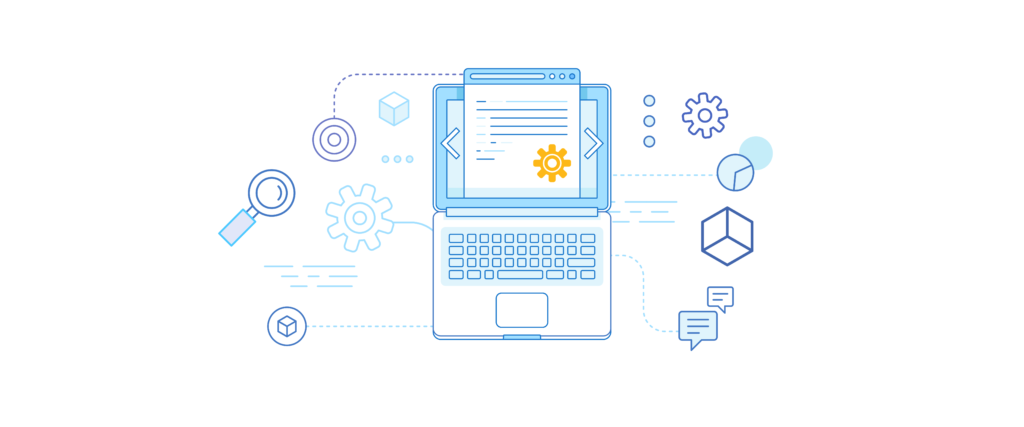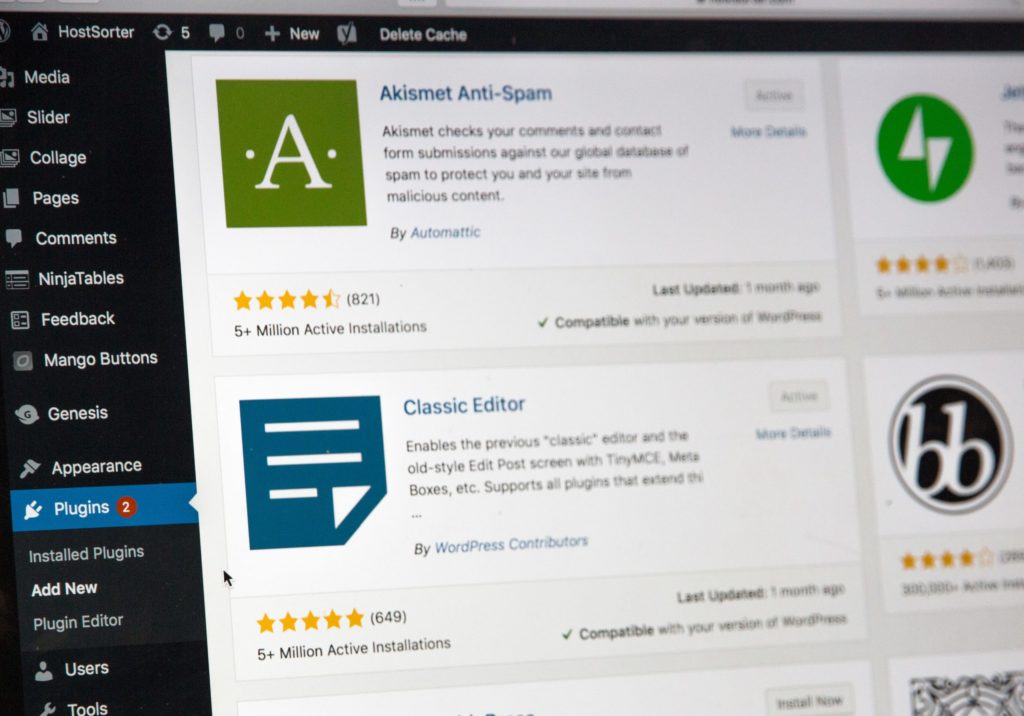Article
Which Industries and Businesses are Working With Chatbots?

Any point of contact between a business and a customer opens the door for a chatbot solution. Let’s look at some use cases.
General Customer Experience
- IBM’s Watson Assistant can reduce customer service wait times up to 99 percent. It comes in several different variations to match a business’s unique needs.
- Hipmunk’s “Hello Hipmunk” chatbot service can reduce a traveler’s online searches (an average of 20 per customer) into a single chatbot conversation.
- German company Tec inStore used chatbots to answer consumers’ frequently asked questions. After one month of usage, the success rate was 80 percent, and one in ten messages the company received was a thank you.
- eBay launched its ShopBot personal shopping assistant application in late 2016. It’s based on the Facebook Messenger bot and leverages AI components and eBay user data. The bot helped triple their engagement and retention level, as customers were likely to ask questions about the product more frequently than those only using the website content for information.
Insurance
- Nienke is the “virtual host” of Nationale-Nederlanden, one of the leading insurers in the Netherlands. First deployed in 2011, Nienke answers user questions and provides links to other common questions based on the original query.
- GEICO’s “Kate” was launched in early 2017. Kate is a smartphone app that can converse with users through text or voice recognition. She can answer customer questions about balances and payment dates and even retrieve documents.
- Lemonade’s online chatbot, Maya, interacts with customers who want to take out a policy or make a claim. With the assistance of Maya, it takes around 90 seconds for the customer to get insured and about 3 minutes to pay a claim.
Finance
- Cleo is a personal finance chatbot that allows users to make inquiries about their personal budgets, account transactions, and more. The company wants to make it easier for the everyday person to be in control of their finances and meet financial goals.
- The Erica chatbot, which is available inside the Bank of America app, is designed to streamline the use of the bank’s features. Erica can send personalized advice and offers to customers, help them complete simple banking transactions via chat, and provide information about the customer’s credit score and account balances.
- Major banks, including Capital One, Wells Fargo, USAA, and Chase, have implemented chatbots to help customers manage their financial assets, complete banking transactions without speaking to a representative, and easily locate the bank’s online and in-person banking resources.
Automotive
- In autonomous self-driving vehicles, chatbots like IBM’s Watson can be used as a way for passengers to interact hands-free.
- Through Facebook Messenger, YourMechanic launched the first chatbot in the auto repair industry. The chatbot can be used to schedule appointments, receive quotes, and even offer advice to customers on mechanical issues.
- Through conversations with a chatbot before a visit to a car dealership, customers can get the information they want without listening to a sales pitch.
Logistics
- By combining your UPS account with a smart assistant, you can check the status of a shipment, provide delivery instructions, and find UPS locations using voice commands.
- With Amazon Alexa, DHL customers can check the status of their packages using voice commands or by typing.
- Chatbots can be connected with IoT data, allowing a warehouse manager to be informed as soon as an item is out of stock or an important order has been delivered.
Restaurants and Retail
- Using a Twitter-integrated chatbot, Pizza Hut customers can place orders through Pizza Hut’s account. If customers link their Pizza Hut account and their Twitter account, the chatbot can provide information on past orders.
- The Wingstop chatbot allows customers to order food, view Wingstop’s menu, and pay. The chatbot can be accessed via Twitter, Facebook Messenger, and Amazon Alexa.
- For teams and offices that share shopping responsibilities at the workplace, there’s Kip. Kip is a chatbot that makes managing a group shopping list convenient.
Healthcare
- Medwhat users can interact with a chatbot 24/7 to ask about symptoms, conditions, and general health concerns.
- In 2017, UCLA scientists created a chatbot for clinicians that provides users with the insights of interventional radiologists. Rather than asking a live radiologist, the chatbot can answer clinicians’ questions to the best of its ability, then refer them to a live radiologist if needed.
- SafedrugBot is a chatbot that helps healthcare professionals make safe decisions for women that are breastfeeding. The chat interface cuts the complexity that medical staff face when making these important healthcare choices.
- Northwell Health launched its AI patient engagement chatbot, called Northwell Health Chat, in 2018. It allows patients to stay connected to their care navigator throughout their recovery. The chatbot has increased patient engagement and satisfaction by up to 97 percent and reduced post-acute care expenses across its hospitals.
Construction & Energy
- hizliYOL Technology is working to implement the combination of IoT and chatbot solutions (BIOT) on construction sites to monitor progress and machinery distribution.
- Oil & Gas equipment companies in Europe are integrating chatbots to save time and money answering customer service queries, reallocating that time to more productive tasks.
- In the future, chatbots will be able to use sentiment analysis on daily reports to ensure that communication between management and workers is smooth, and even identify good future candidates for management.
Big Business Customer Service
- ZenDesk specializes in a range of customer experience solutions. A business can use ZenDesk’s suite of products to tackle anything from analytics and reporting to customer support and guidance – everything you need to understand and communicate with your customers effectively. One of their marquee products is ZenDesk chat. With this tool, common questions from customers can be easily fielded, making information readily available and reducing friction between a page visit and a purchase.
- DigitalGenius provides a tool that integrates well with platforms like ZenDesk and Salesforce to automate customer service to a greater degree. This is achieved by using Conversational Process Automation to identify patterns in customer service interactions and learn from them.
Messaging Apps
- ItsAlive provides chatbot solutions for Facebook Messenger. ItsAlive’s bot builder service allows you to tailor the bot to your particular needs. You can make an intricate decision tree by dragging and dropping conditions and choosing exact responses. This user-friendly design tool makes it easy for anyone to build a complex chatbot.
- Chatbots are also available on WhatsApp, the world’s most popular messaging app. Pandorabots provides chatbots for a range of messengers and can tackle customer service, entertainment, marketing, voice interface, or B2C messaging. Similar to ItsAlive, Pandorabots allows for fine-tuned responses by writing AIML (AI Markup Language). This means you can provide detailed instructions dictating a bot’s behavior by writing guidelines, not code.
Custom Chatbots
- Google’s Dialogflow uses powerful Machine Learning technology on the Google Cloud to provide rich conversational experiences on most messaging platforms. A bot can be designed easily, without any coding experience, and is optimized for use with Google Assistant, which is present on over 400 million devices.
- Watson is IBM’s monolithic AI project that includes Watson Assistant. This enterprise-level chatbot can also be built into a range of different platforms and allows for a more complex user experience, including visual aids to help a user find, for example, a CVC number on a credit card. Once the chatbot is built and fitted to the user’s needs, it can be deployed to various platforms.
- Microsoft provides its Bot Framework for use with its Azure cloud computing service. To integrate the bot fully, familiarity with Azure and programming in JavaScript and C# is required. The bot can be fed data from FAQ forms and other structured documents to quickly learn how best to respond to users. Microsoft LUIS can be used to add natural language processing capabilities to the bot. Additionally, computer vision technology can be used to recognize faces, moderate content, or index images.









